PutMeOnTheWater
Seaman
- Joined
- Jul 3, 2025
- Messages
- 54
I’m sitting here scraping old gasket off to replace this thermostat and realized it didn’t even have a thermostat in there. So it definitely wasn’t stuck closed!

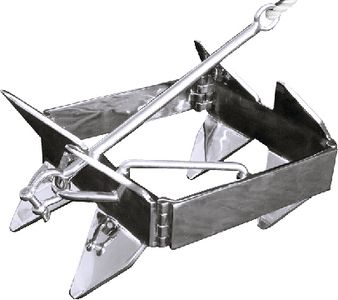

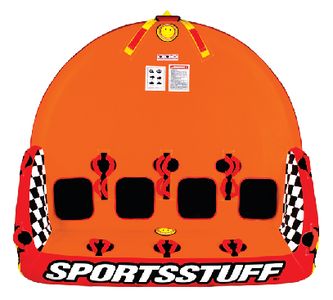
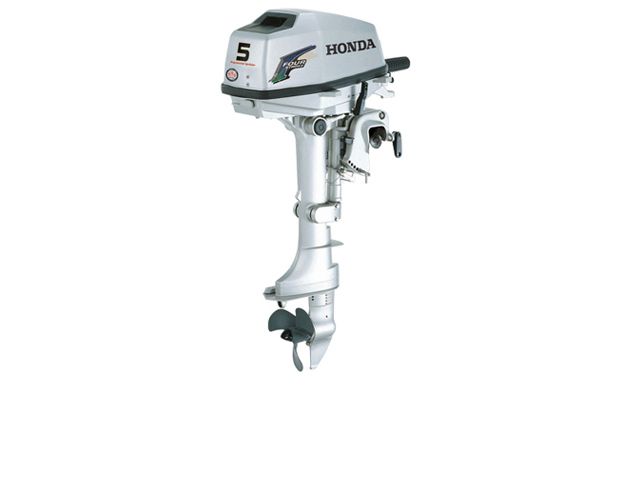
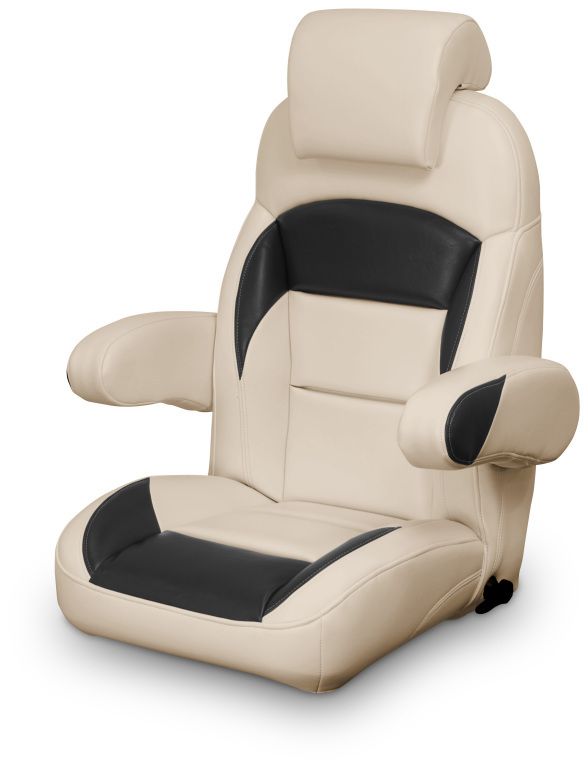
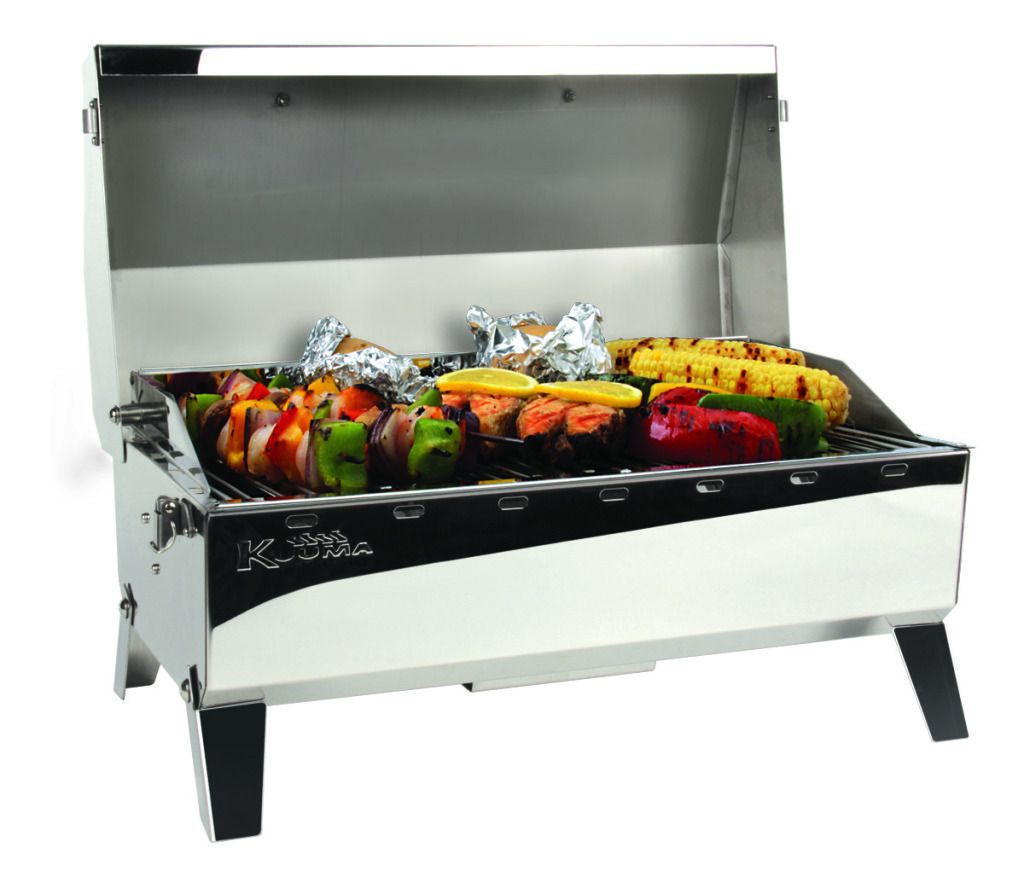

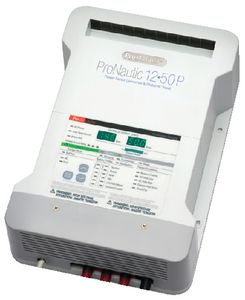
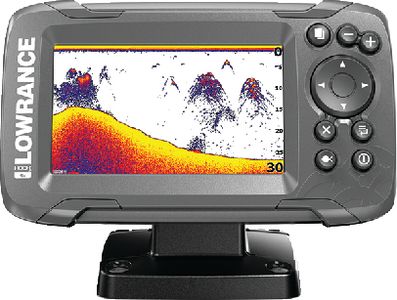
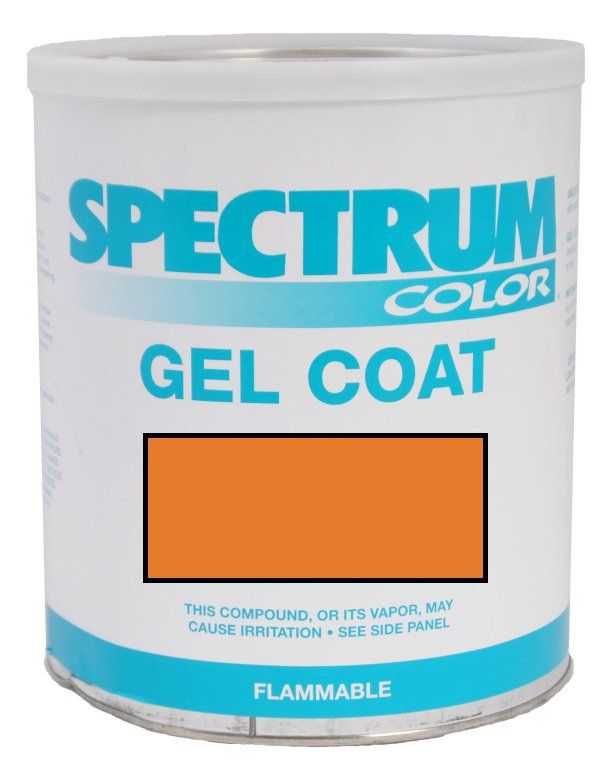
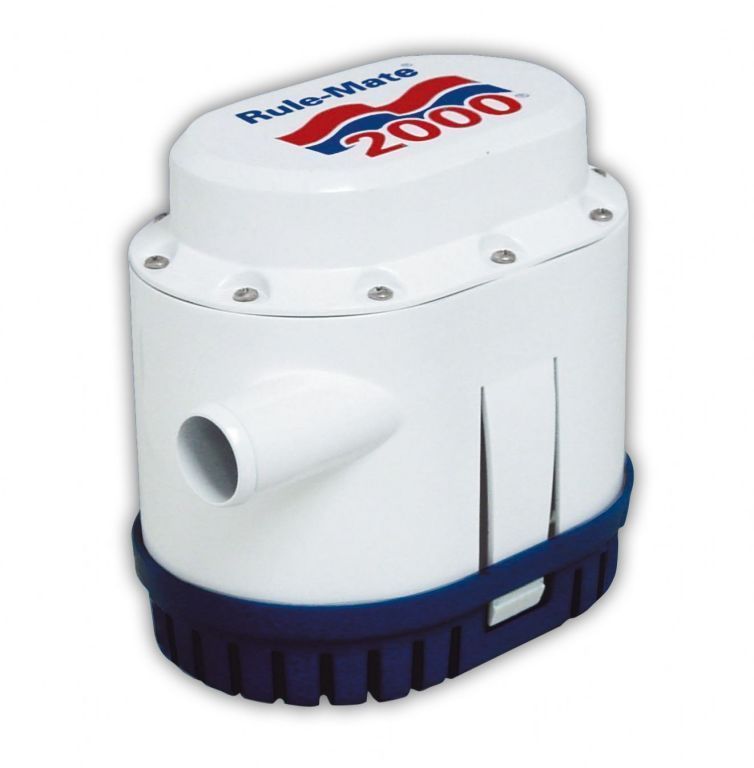
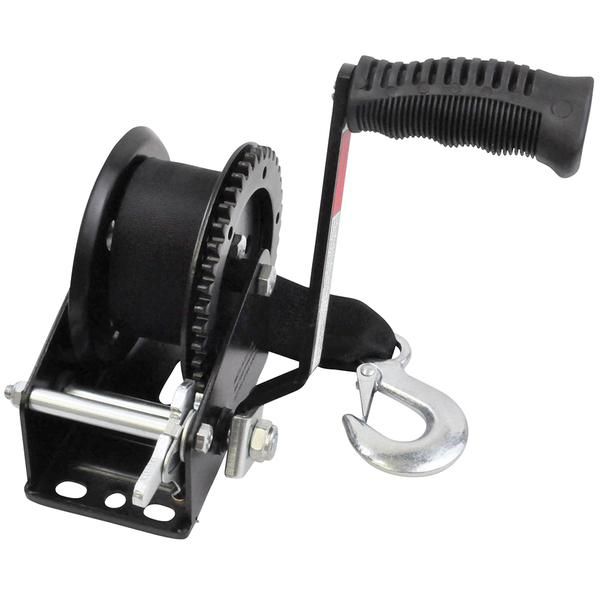
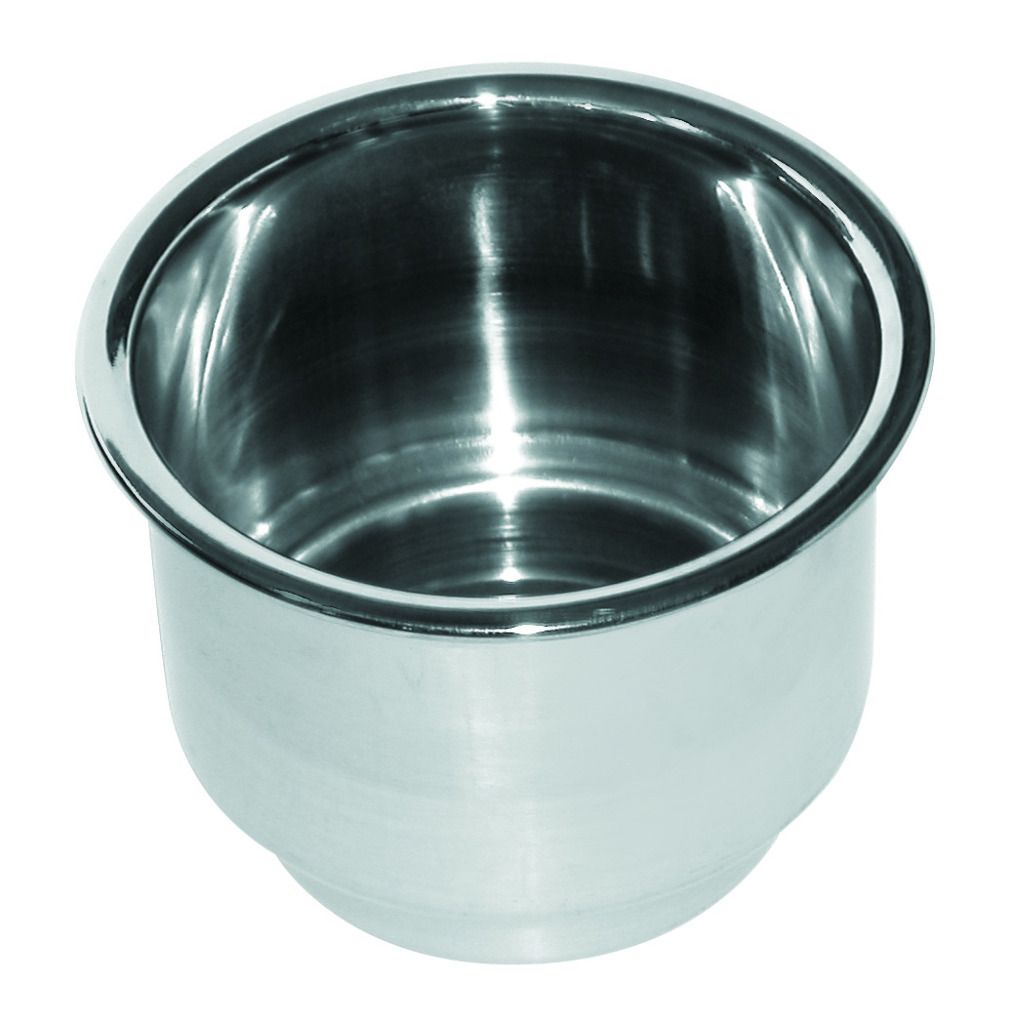

New to me, yes. I’ve taken it out 3-4 times. I ran about 3/4 of a tank of gas through it since I got it. I didn’t notice any temp issues before (although I could have missed it). One thing of note is that one of the exhaust (manifolds?) has JB weld on it and I did notice it leaking once around the hose clamp in the picture. I tightened it up and it stopped leaking.Oh wow! So going to need some history here. Is this a new to you boat, etc.? Since you have owned it have you been out and running around with no issue until you noticed this leak? Need to know all as there may be damage to the exhaust system components due to lack of sufficient water flow. My understanding is that the t-stat provides (even when fully open) enough flow restriction to divert the needed water to the exhaust. This is not good.
big red flag. look for other evidence of freeze damage to the manifolds themselves as well as the motor.One thing of note is that one of the exhaust (manifolds?) has JB weld on it
Had not heard that before! I will take that advice going forward. ThanksIt`s not advisable to run the engine with the drive in the up position. Very hard on the U joints.
I will do. I’m decently skilled with the right guidance and my neighbor has or has access to most of this. He suggested doing a leak down test and also suggested just pulling the motor and leaving it in the garage over winter so we can take apart and access any damage. Question 1, is there any reason to go ahead and install the thermostat and try running it again to see if the overheating problem is solved with the thermostat actually in there (I don’t know why this would be the case, makes no sense that it would).Barring other input below are my suggestions. Being unaware of your skills and what tools you have, I will default that you are well knowledgeable and equipped. However, if there is any question on ‘how to’ or what tools are needed, please do not hesitate to ask. As a precursor suggest having the following gaskets in hand prior to starting: exhaust manifolds, risers and valve covers. Idea here is after these items coming off and no issues found, they can go right back together. One tool, that is not generally in tool boxes, is a radiator hose removal tool, link. These are handy little devices that make the job of pulling off hoses so much easier, like those large exhaust hoses. Note: my suggestions are based on the assumption your engine underwent an overheat (or freeze) that was not properly tended to.
- Do compression test > note if anything other than good, stop here. Post results.
- Take pics (and post) of spark plugs keeping their cylinder nos. in tack.
- Remove and inspect exhaust manifolds and risers. Take lots of pictures and post.
- Look around the motor looking for indications of water seepage and cracks.